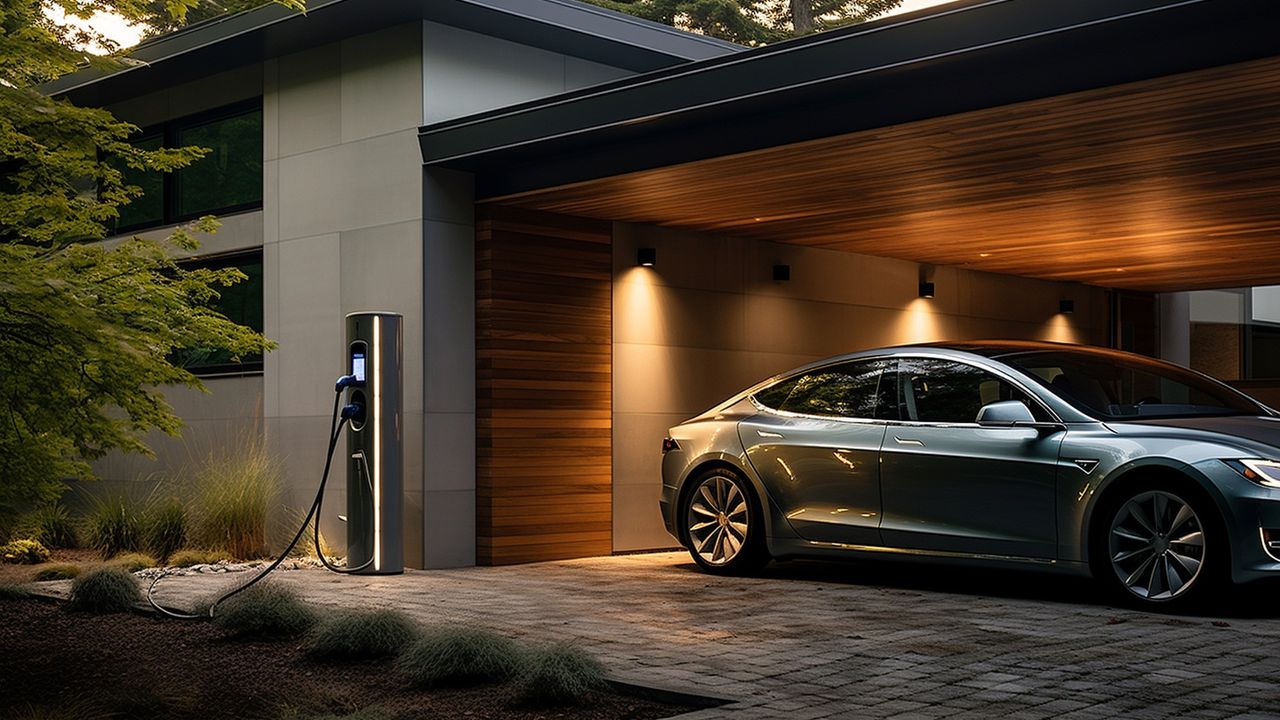Battery Technology and Advancements in Electric Vehicles
Electric vehicles (EVs) have gained significant popularity in recent years, thanks to advancements in battery technology. These advancements have not only improved the performance and range of EVs but have also led to the development of efficient charging infrastructure, battery recycling programs, and innovative charging technologies.
Charging Infrastructure
One of the key challenges for widespread EV adoption is the availability of a robust charging infrastructure. To address this issue, governments and private companies are investing heavily in the development of charging stations across cities and highways.
Charging stations can be categorized into three types: Level 1, Level 2, and Level 3 (also known as DC fast charging). Level 1 chargers use a standard household outlet and provide a charging rate of around 2-5 miles of range per hour. Level 2 chargers, which require a dedicated charging unit, offer a faster charging rate of about 10-30 miles of range per hour. Level 3 chargers are the fastest, providing up to 80% charge in just 30 minutes.
With the increasing number of charging stations, range anxiety – the fear of running out of battery while driving – is becoming less of a concern for EV owners. This, in turn, is driving the demand for electric vehicles.
Battery Recycling
As the adoption of EVs continues to grow, so does the need for battery recycling. EV batteries contain valuable materials like lithium, cobalt, and nickel, which can be extracted and reused. Battery recycling not only helps to reduce the environmental impact of EVs but also ensures a sustainable supply of these critical materials.
Several companies and organizations are actively involved in battery recycling initiatives. They use advanced technologies to safely dismantle and extract valuable materials from used EV batteries. These materials can then be used to manufacture new batteries or other products.
Battery recycling programs are crucial for the long-term sustainability of the EV industry. They help minimize the environmental footprint of EVs and reduce the reliance on mining for raw materials.
Charging Technology
Advancements in charging technology have significantly improved the charging experience for EV owners. Wireless charging, for example, eliminates the need for physical cables and connectors, making the charging process more convenient.
Wireless charging works by using electromagnetic induction to transfer energy between a charging pad on the ground and a receiver on the vehicle. This technology is being integrated into parking lots, garages, and even roads, allowing EVs to charge while parked or in motion.
Another exciting development is ultra-fast charging. Companies like Tesla are working on developing charging stations capable of delivering charging rates of up to 350 kW. These high-power chargers can provide a significant amount of range in a short period, making long-distance travel more feasible for EV owners.
Conclusion
The advancements in battery technology have revolutionized the electric vehicle industry. With the development of efficient charging infrastructure, battery recycling programs, and innovative charging technologies, the barriers to EV adoption are gradually being overcome. As these technologies continue to evolve, we can expect to see more widespread adoption of electric vehicles and a greener future for transportation.
